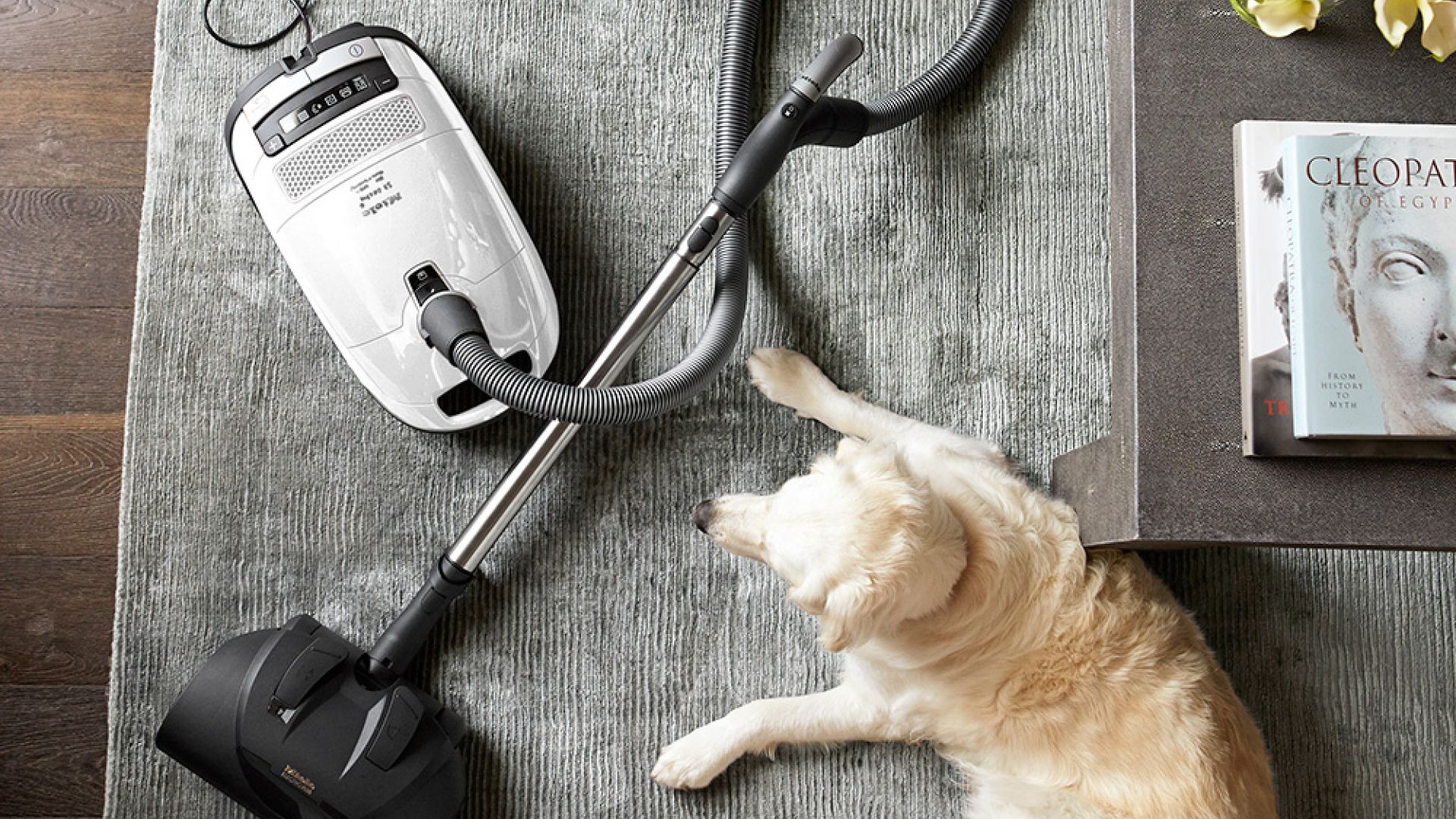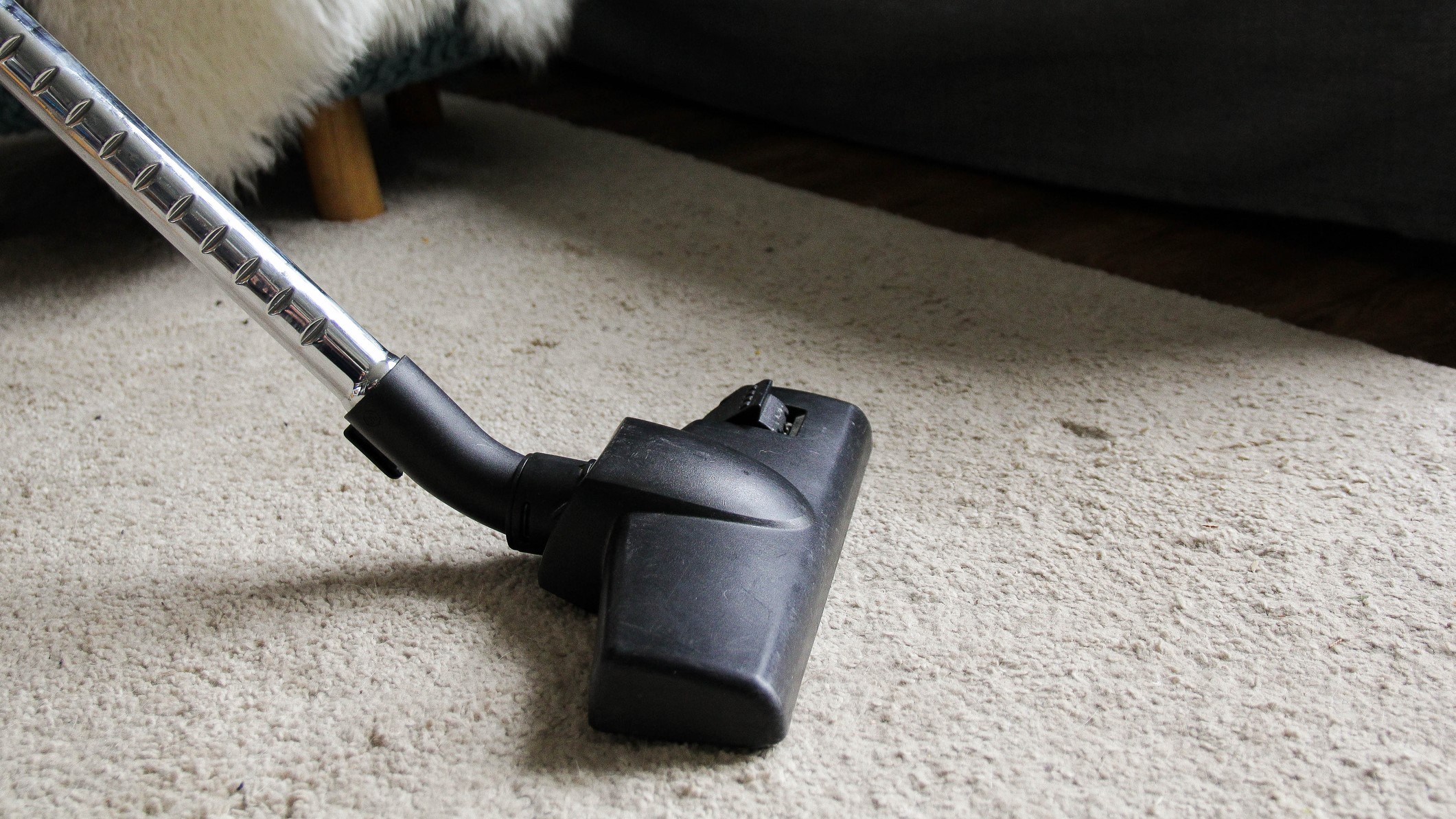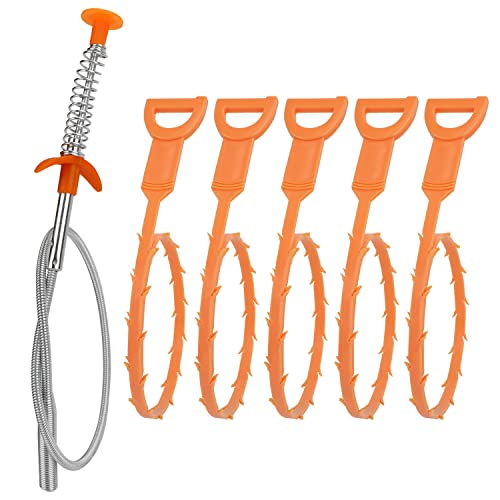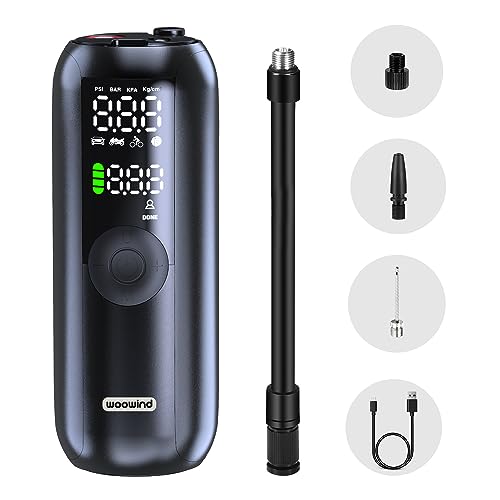
Experiencing a blockage in your appliance while vacuuming is never fun. You're already working hard to get the chores done, then the machine you rely on is giving up, suction fading by the second and you have to down tools to investigate.
The good news with a canister vacuum is there is a smart have beloved by engineers and our editors alike and all you need is a quarter to locate the blockage and a long item such as broom handle to get it moving it again.
A vacuum blockage will affect how often you should vacuum, as less-than-optimal vacuum performance will leave dust and debris on your floor even after you've cleaned. And whilst blockages can happen whether it's an upright or canister vacuum, the process for dealing with a canister clog is a little different.
How to clear a blockage in a canister vacuum in minutes

Before getting started, make sure you unplug your vacuum for safety.
There's an easy trick to check whether the blockage is in any of the below canister vacuum components. After experiencing a sudden blocking in her Miele pet hair vacuum, Punteha van Terheyden, head of solved at H&G, called the vacuum company's support line.
She says, 'The engineer gave me a brilliant tip to figure out which part of my vacuum the blockage had occurred in. I first took apart the various sections of my canister vacuum, from the head to its various metal or bendy piping elements. Then I held each part vertically with one hand, and dropped a quarter through it. If it popped out the other end, that section didn't have a blockage.'
Whether the clog is in the hose, cleaner head, canister or any of the attachments, this is a great way to check locate it – just make sure the coin doesn't get stuck inside the vacuum.
Then, all that's left is to clear the blockage. If it's in the hose, you can use something long like a broom handle, but you might have to use something more flexible like a drain snake. The Amazon Basics Drain Clog Remover is a perfect choice as it comes as a set of six, with one that's long enough for a whole canister hose, and five others for smaller, more detailed tasks.

One long, stainless steel snake and five plastic ones should keep you covered for a whole variety of clogs, not just for your vacuum cleaner.
Sometimes, a combination of air pressure from an air compressor and gentle manual pushing does a great job. If you don't already own one, an air compressor is another handy tool to keep at home for much more than cleaning your vacuum. You can refill tires, clean computer keyboards and remove debris from your electronics.

This air compressor from Woowind is completely portable with a max pressure of 150PSI. Aside from providing a strong stream of air to clear blockages and clean electronics, you can use it to pump up your bike or car tires.
A drain snake or air compressor will also work wonders if the blockage is in the floor head or any of the attachments, as they're easy to reach from either end. Once again, see whether a quarter will feed through and, if it doesn't, you'll know what the culprit is. These are the parts that spend the most time on the floor and picking up debris, so it's important not to neglect them.
The canister itself has a few working components, like the dust bag/dust bin, motor, fan, rotating brush, exhaust port and intake port. It's unlikely the clog will have made it to the motor or brush, but its worth checking wherever you can in a way that's aligned with the manufacturer's disassembly guidelines.
Once you've located it, use one of the above plastic drain snakes as their rigid teeth can pull on and catch hair and debris.
Then finally, and if all else has failed, clean your vacuum filter. A dirty filter can make your vacuum behave as if it's clogged, but really it's in need of a refresh or a replacement.
'Both pre-motor and HEPA filters will need replacement and cleaning. It is important to keep in mind though that a filter that is blocked may act as causing an obstruction and dramatically cut the suction power. If they are washable, you can use water to clean them and allow them to fully dry before putting them back,' says Daniel Anderson, professional cleaning expert and CEO of Gorubbishgo.
How to prevent blockages in canister vacuums
Once your vacuum is finally free of any blockages, you'll save yourself a great deal of time and effort by learning how to prevent it from happening in the future.
'I've found that the best way to prevent blockages and clogs in canister vacuums is just to pay attention to what you're vacuuming,' shares Larry Snider, VP of operations of Casago. 'It's really important with the longer hose of a canister vacuum, for instance, to avoid vacuuming up anything wet, since it can easily stick to the inside of the hose and cause a blockage.'
'Additionally, tons and tons of pet hair can be an issue for the same reason. And pay attention to how full your vacuum is getting, making sure to empty it out frequently. This will improve suction and make it less likely the hose will become clogged,' he finishes.
Depending on how often you vacuum with pets, you might find that your vac gets clogged more than you'd like. Consider the best vacuum for pet hair to help avoid the pain.







